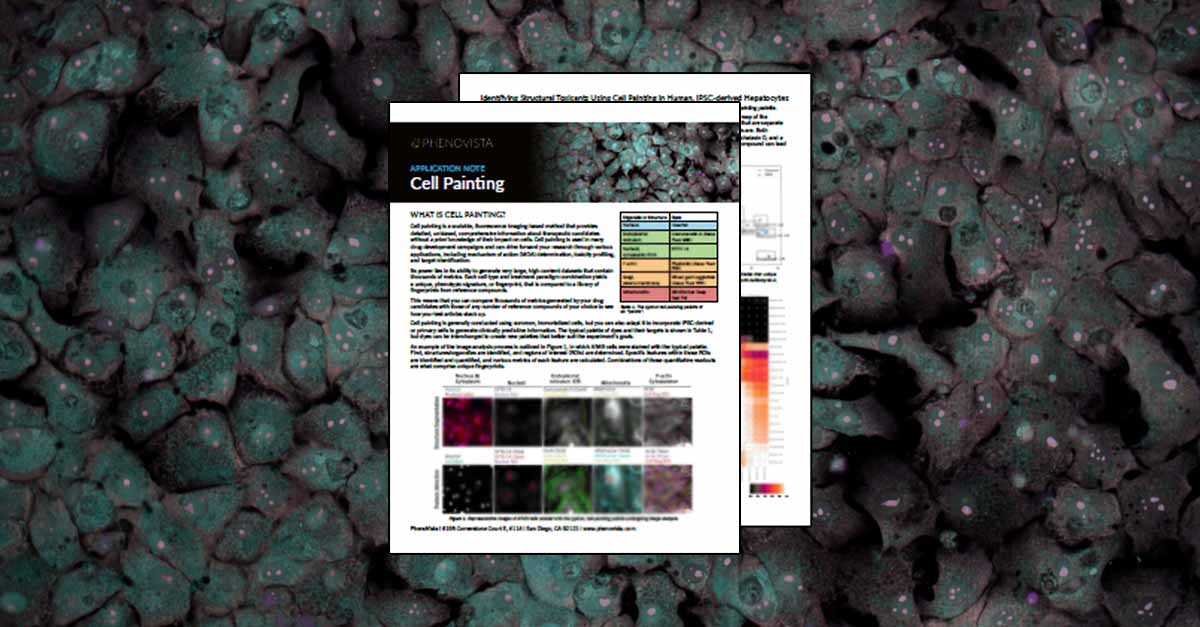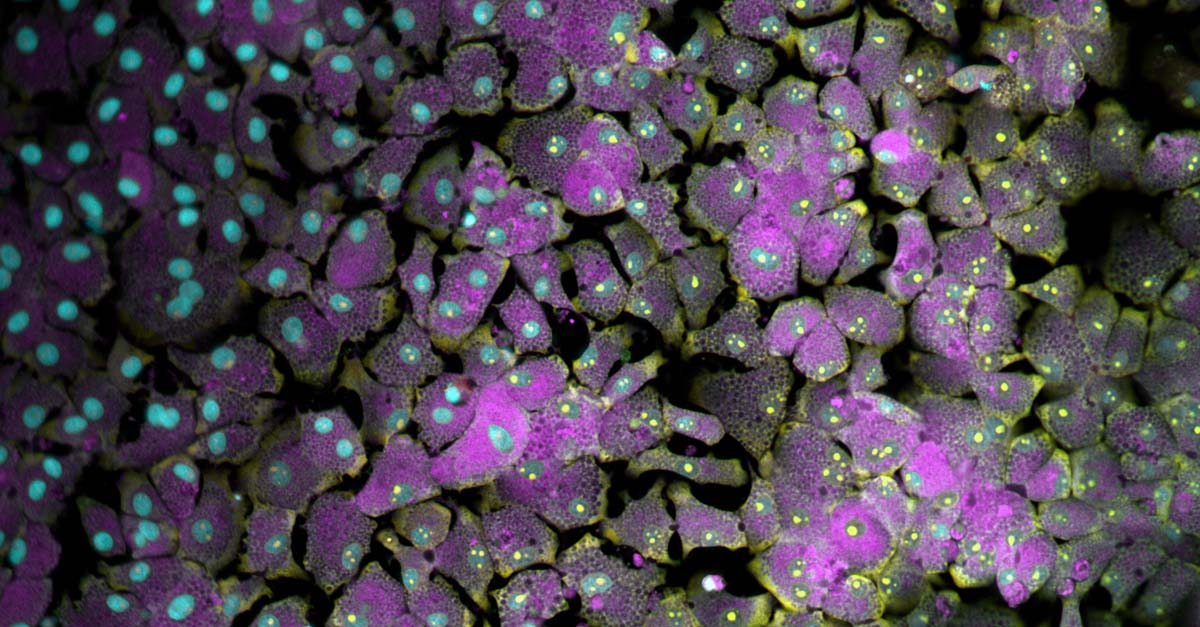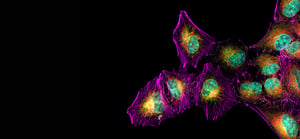
CELL PAINTING
ASSAY SERVICES
WHAT IS CELL PAINTING?
Cell Painting is an unbiased, image-based, phenotypic profiling method that is revolutionizing the drug-discovery process in the biotech and pharmaceutical industries. Cells treated with a compound of interest are stained with a palette of fluorescent dyes to identify and measure phenotypic differences. These distinctions are used to deduce information about compounds, such as mechanisms of action and early toxicology, by comparing the cells' phenotypic profiles with those obtained by treatments with reference compounds and/or libraries.
Features of Cell Painting:
- Generation of unbiased information
- Phenotypic fingerprinting
- Applicable to diverse cell models
- Creation of rich datasets
| ORGANELLE OR STRUCTURE | CELL PAINTING DYES |
| Nucleus | Hoechst |
| Endoplasmic Reticulum | Concanavalin A (Alexa Fluor 488) |
| Nucleoli & Cytoplasmic RNA | SYTO 14 |
| Golgi & Plasma Membrane | Wheat germ agglutinin (Alexa Fluor 555) |
| F-actin | Phalloidin (Alexa Fluor 568) |
| Mitochondria | MitoTracker Deep Red FM |
APPLICATIONS OF CELL PAINTING
IN DRUG DISCOVERY
Cell Painting is a high-content screening (HCS) technique that generates detailed images of cells, allowing for the extraction of quantitative data of various cellular parameters. In the context of drug discovery, Cell Painting can play a crucial role in several aspects, including:
- Mechanism of Action
- Safety & Toxicity
- Target Identification
MOA - Understanding Drug Effects
Early Detection of Toxicity
Target Identification
Unlike target-based screening, which focuses on specific molecular targets, Cell Painting is an unbiased, phenotypic, screening method. If a target of a drug is unknown, the phenotypic profiles induced by compounds with known targets can be compared with the profiles induced by a compound with an unknown target. Highly similar phenotypic profiles suggest that the compounds act on similar targets or pathways.
WHAT IS CELL PAINTING?
Cell Painting is an unbiased, image-based, phenotypic profiling method that is revolutionizing the drug-discovery process in the biotech and pharmaceutical industries. Cells are stained with a palette of fluorescent dyes to identify and measure phenotypic differences, mechanisms of action, and early toxicology by comparing their phenotypic profiles with reference compounds and/or libraries.
Cell Painting requires a significant financial investment in order to support the needed equipment and personnel with the expertise to execute these assays. Our Cell Painting Assay Service provides customers who are interested in exploring this game-changing methodology, but who may not be ready to fully invest, a more gradual approach to evaluating the technology.


CELL PAINTING WORKFLOW
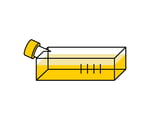
STEP 1
Culture cells and treat with compound of interest.

STEP 2
Stain cells with a palette of fluorescent dyes that target different cellular structures.

STEP 3
Capture high-resolution images of stained cells using fluorescence microscopy.

STEP 4
Analyze data to identify phenotypic changes and compare against a reference library.

STEP 1
Culture cells and treat with compound of interest.

STEP 2
Stain cells with a palette of fluorescent dyes that target different cellular structures.

STEP 3
Capture high-resolution images of stained cells using fluorescence microscopy.

STEP 4
Analyze data to identify phenotypic changes and compare against a reference library.
OUR CAPABILITIES
- Dyes
- Cell Types
- Data Analysis
- Libraries/References
Cell Painting Dyes
- The typical cell-painting palette of 6 "paints": Hoechst, SYTO14, Concanavalin A, Phalloidin, WGA, and MitoTracker FM
- Customized palettes (i.e. substituting markers specific to a particular target, phenotypic readout, or cell type for one or more of the typical readouts)
Cell Types
- U-2 OS or A549 lung carcinoma cells commonly used in the typical cell painting methodology
- Through our custom services, we have a range of primary or iPSC-derived cells we can work with, including but not limited to:
- Hepatocytes
- Cardiomyocytes
- CNS-associated cells
Data Analysis
We provide representative images for all key test conditions and readouts. Data analysis and presentation depends on the scope of the project and the questions being asked.
Examples:
- For a small set of test articles where MOA is the key question, the most useful output may be a rank ordering of "nearest neighbors" comparisons based on the Euclidean distance
- For large datasets, principal component analysis (PCA) can reduce a large set of input features to a smaller one, effectively providing an overview of the results
- For select features of interest, looking at dose-dependent results across test articles and select reference molecules may be informative
Libraries/References
- We work with in-house compound libraries and commercially available libraries
- Through custom services, we can onboard additional reference compounds or libraries
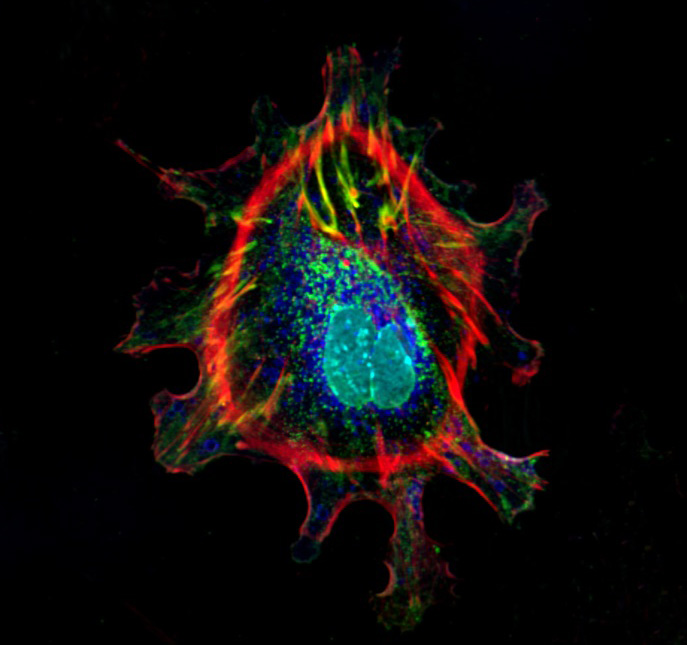
Cell Painting in Preclinical Safety and Toxicology: Literally Taking a Closer Look
Cell Painting offers immense potential for the future of drug discovery. Learn more about this powerful, imaging-based technique and how it can enhance preclinical safety and toxicology assessments of therapeutic candidates.
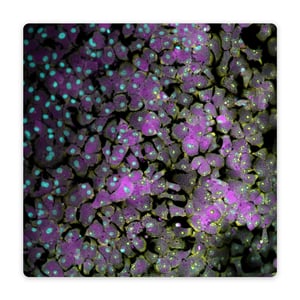
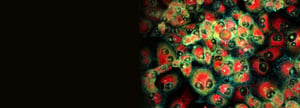
ADVANTAGES OF CELL PAINTING
- Assess phenotypic differences between healthy and disease models.
- Use treatments to detect early signs of off-target effects.
- Available both as a pre-configured or fully bespoke assay.
- High sensitivity of the assay allows for the detection of distinct differences in cell phenotypes while still capturing whole-cell formation.
- Sophisticated, large datasets are ideal for machine learning and AI data approaches.
| ORGANELLE OR STRUCTURE | DYES |
| Nucleus | Hoechst |
| Endoplasmic Reticulum | Concanavalin A (Alexa Fluor 488) |
| Nucleoli & Cytoplasmic RNA | SYTO 14 |
| Golgi & Plasma Membrane | Wheat germ agglutinin (Alexa Fluor 555) |
| F-actin | Phalloidin (Alexa Fluor 568) |
| Mitochondria | MitoTracker Deep Red FM |
APPLICATIONS OF CELL PAINTING IN DRUG DISCOVERY
Quality Control
The technique is highly sensitive to changes in phenotypes, making it useful for detecting assay instability.
Mechanism of Action (MOA)
Image profiles generated by Cell Painting are clustered by similarities in phenotypic readouts. The close clustering of a novel compound with unknown MOA to that with compounds of a known MOA suggest that they share a common or similar MOA.
Assay Development
Cell Painting can be used to discover phenotypic differences between disease and healthy cell models. If differences are found, then it can potentially be used as the readout in a screening campaign.
CONTACT US
Let's discuss how we can help with your research.


